Bubble UK Interview: We Talk To Greg Giddens of the Blast Processing Team
You may have noticed we’ve been getting excited about the upcoming UK web-series, Blast Processing, in a Bubble UK exclusive, Greg Giddens, one of the show’s creators, agreed to talk to us. Find out what he had to say below!
Vic: Hi Greg, It’s good to talk to you! First off, could you introduce yourself to the Bubble Blabber readers: Who are Blast Processing and how did you meet?
Greg Giddens: Well there’s actually three of us that make up the core creative team behind Blast Processing. Neale Jarrett who lives in Sheffield, Steve Peacock in Basingstoke and myself, Greg Giddens, in Bristol.
Neale and I worked together and became friends whilst contributing to the videogame site Midlife Gamer, and Steve and I met similarly when he I were working on another videogame site, Resolution Magazine. We ended up all coming together to do podcasts and other features for Midlife Gamer, became fast friends and started looking into other productions we could work on.
VB: Ah, Steve and yourself met via the site, cool, will Blast Processing be exclusive to Midlife Gamer ?
I was Editor In Chief for Midlife Gamer until September 2012, Steve occasionally wrote reviews and features for the site, and up until very recently Neale was a Community Manager for them.As such we’re very close with the Directors, Matt Moore and Daren Baldock, as well as the editorial team.
Our previous sketch videos were on the site and we already had a small audience with Midlife Gamer who were interested in seeing more animation, so it was a great fit to feature the first season on there. However, Blast Processing has always been an independent production and we didn’t want to tie ourselves down exclusively with anyone in the first instance, so the series will feature in as many places we can get it, but along the way Midlife Gamer are helping us promote it and we turn are helping to promote them.
VB: So,how did the idea for a gaming cartoon come about?
GG: We shared a passion for videogames and each of us had some skills we could bring to any kind of production we wanted to start. I had a background in art as well as writing, Steve also had a writing background, and Neale with photography. We started throwing around ideas, one of which was short sketches and promotional videos with rudimentary 8bit animation, and that started our road to Blast Processing and our learning experience with animation.
VB: Together you have the perfect combination of talents! For readers new to the cartoon ( and by now folks, you really should have checked out our posts on the the series!) how would you introduce Blast Processing: How many episodes will there be, what’s the theme and tone?
GG: Blast Processing is an adult cartoon that centres around four very special NPCs* (*Non Playable Characters, Game Speak, for people like me that aren’t sure!! Vic) and their humorous struggle to survive and find a home in the Player dominated world of videogames.
It’s as if every game ever made, and that ever will be made, is set in the same world, this world, and the Players jump into it with their God-like powers of immortality to play out their adventures. Our special party of NPCs have become sentient and don’t want anything to do with the Players, they just want to find somewhere they can be safe and left alone. However, things are never that simple and the party get swept up in a grand adventure.
Blast Processing will run for 17 weeks, one episode per week, starting on Friday the 4th of October with our special double episode pilot.
If people enjoy it. we have plenty more stories to tell and would love to do a second season, but we’ll see what the reaction is with this season first.

VB: You personally Greg, write, direct, animate and produce the shorts yourself! A lot of work for one guy, how long does each one take to produce from concept to finish?
Overall it takes absolutely ages to get to the point where it’s ready to publish, and as Blast Processing is an ongoing series, the whole feature was written then animated at the same time, with an approximate total running time of 75 minutes.
The fundamental idea behind Blast Processing – sentient NPCs going on an adventure through a dangerous Player dominated world of videogames – came to me whilst I was designing a potential videogame to work on. After working with the idea for a couple of months and starting to dive into the design, I realised that an animated feature for this narrative would be a better fit. About six months later I had written a full script and found people to bring the characters to life with voice acting. A further 6 months down the line and its present day and we’re just about ready to launch the first episode of the planned 18. There’s still plenty of animating to be done though, additional effects need to be added in and I created new art assets which bring the overall quality up. It never seems to end. There’s always more than can be done to improve it and until the day each episode launches I’ll be working on it.
It’s a huge amount of work for one person, and that’s been a big part of the learning experience for me. If we’re lucky enough to create a second season I hope to bring more people onto the production side of Blast Processing to make the work flow far and reduce the amount of grey hairs afflicting me.
VB: What input do Neale & Steve have, is each episode a joint writing venture? None of you live near each other so how do you get together and who does what?
We frequently Skyped and IMed during the production, talking about the potential jokes and story ideas, so whilst I came up with the majority and wrote the whole thing, both Neale and Steve were helping guide me and keeping me on track. If Neale was here, he’d tell you he came up with the best joke in the series – involving a portal gun. I’m pretty sure that’s not true and it was my idea instead, but we’ve been in production so long neither of us can remember anymore. And even if I could remember, I’d say it me who came up with it. I’d deny Neale his credit until the day I die.
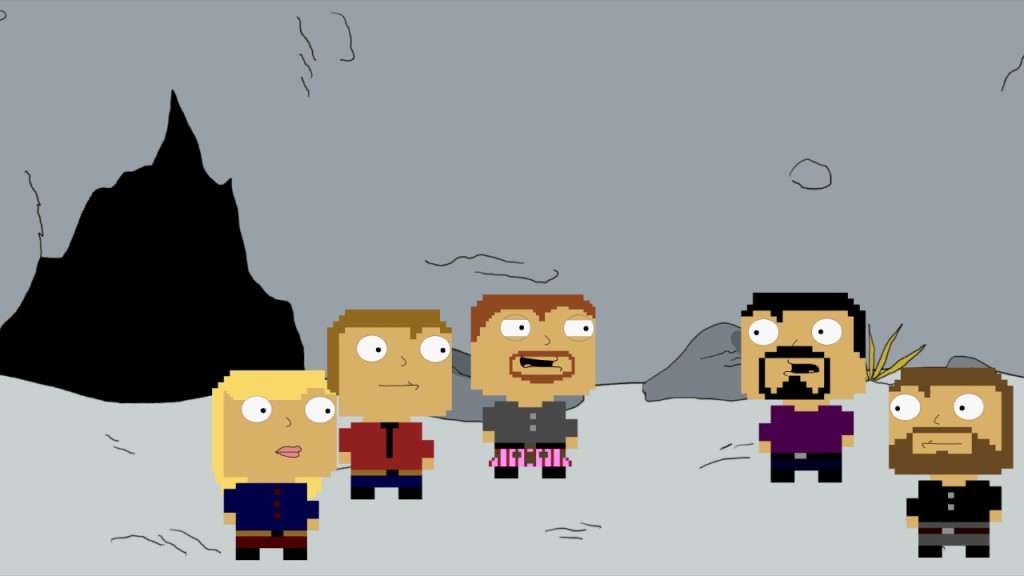
VB Fair enough! Sounds like you work well together, what techniques do you use to animate Blast Processing?
Blast Processing uses the Limited Animation technique on digital art assets, so all the animation is restricted to as few still digital drawings as possible. For example our walk animation is two frames: standing legs apart and standing legs together. We then manually placed frames in a timeline and figured out the movement we wanted depending on the scene.
This technique proved to be the most time effective for a single animator as well as a great fit aesthetically for the videogame theme. It creates movement that’s fluid enough to look like our characters are moving and talking believably but unrealistic enough to support the idea that these characters aren’t in a real, physical space.
With Blast Processing being our first animated production we didn’t have access to traditional animation software, it simply wasn’t affordable at this stage and we – or in this case I – would have to learn how to use it. I was already pretty confident with standard video editing software, so I used that instead. It turned out to be pretty good for Limited Animation but would have been a nightmare for any other technique. I also had the issue of not having a camera layer, so each scene had to be recreated if I wanted a different shot, such as a zoomed-in character shot.
VB: Has animation always been a passion for you or did you envision yourself creating through another medium?
I’ve always been fascinated by animation, it’s part of the reason I love videogames so much, but I didn’t think I’d end up giving it a go. I was more into drawing and painting stills. And with creative jobs there used to be a huge barrier to success. You needed to be exceptionally good at your craft and a heavy dose of luck couldn’t hurt. It never seemed like a viable career. But as with many industries the internet opened it up to pretty much anyone. And eventually I found myself in a situation where I could try animation and put it out there in the world.
VB: Style wise the series is very clever, simple, but the pixelated 8-bit look immediately lets you know this is going to be about gaming, was this a conscious decision specifically for this series or is that your signature style?
It was definitely a conscious choice. The original art assets I designed for the game were the inspiration for the assets we ended up using, and the square, blocky character aesthetic was one thing that I wanted to remain a constant despite how the facial animations and backgrounds looked. We wanted a visual cue for the videogame context.
Additionally, it’s been years since I’d drawn anything, and man alive, did my talent atrophy! So whilst it was indeed intentional for this narrative and theme, it was also handy for me.

VB: I’m very interested in the rise of the webtoons, why did you decide to make Blast Processing available on the internet, what do you feel are the pros and cons of making a web series?
GG: There’s a lot of little thing that a web series can struggle with. The progress bar can eliminate tension, you can’t guarantee the quality of an episode when it streams to the viewer because of internet stability and site downtime etc. Attention spans tend to be shorter with web content, the internet is such a distracting place you’re competing against social feeds and ads. But the biggest problem is just how massive the internet has become. Content can very easily get lost amongst the millions of other shows being uploaded, and people finding your work can be a bit like a needle in a haystack.
On the other hand, the size of the internet also means it has the biggest potential audience. Millions of people could watch your show. Additionally anyone can create content and put it up online, and that’s a fantastic thing. There are some superb content creators out there that have come to light due to the work they’ve put online, and the internet is a more interesting and entertaining place because of all the content people are working on.
Certainly the internet is a terrific destination for shows like Blast Processing, but it’s two sides of a coin, shows like Blast Processing can also get lost there.
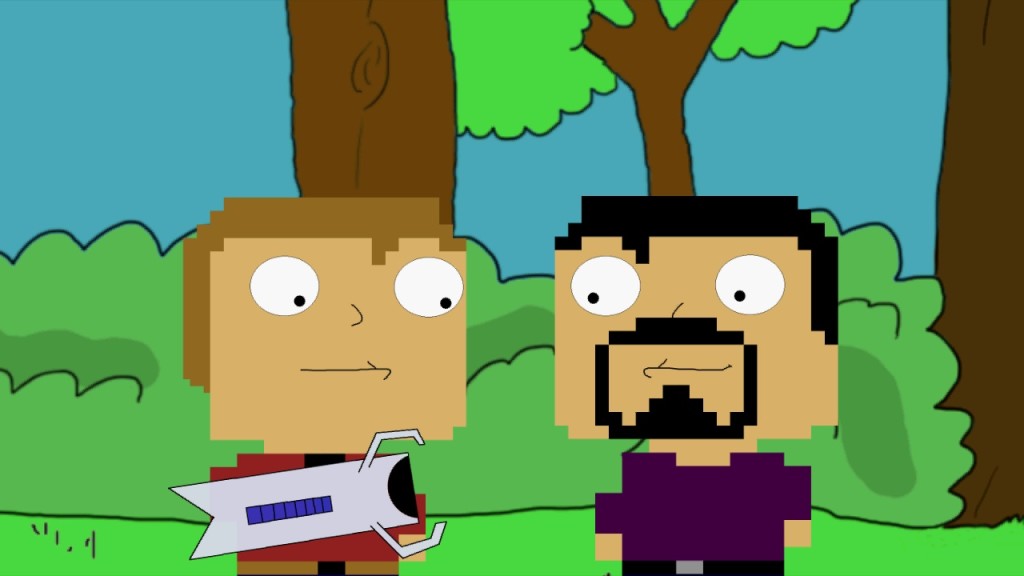
VB: Sharing content on the internet can be beneficial and I hope it brings you the attention you deserve but recently, there has been a lot of talk from creators about the ethics of sharing work for free. Both Vimeo and YouTube have implemented a pay per view service, what’s your take on this?
I like the idea behind it. The easier it is for creators to monetise their content the more they can produce to continue giving their fans what they want. However, the internet culture seems very against obvious attempts to profit from content. More subtler monetisation such as merchandise stores, donations and sponsorships have gone now well but anything that comes close to the TV and film studio approach tends to be shot down. As long as these monetisation options are used correctly then there’s no reason why it won’t be successful for the right creators.
VB: Being from the UK, do you think there is enough of an animation scene here ? I have this bugbear that we don’t appreciate the medium as much as other countries do. When we were kids we had the likes of of Cosgrove Hall, today with the exception of Aardman, there doesn’t appear to be any prolific names in UK animation, would you like to see more young UK animators making web series?
Absolutely, there just doesn’t seem to be many activate UK studios right now. Creating web series is a great place to get content out there and reinvigorate the UK industry. It’ll create new fans across the world for those studios and allows them to experiment with concepts.
VB: Phew, that’s some great input, thanks for letting me take up so much of your time Greg! As a final note , tell us what you love animation wise, what are your interests and influences?
GG: I love the work of Seth MacFarlane. I think Family Guy and American Dad are two of the best shows on TV, and they were a big influence on the tone of Blast Processing. So too was the work from Rooster Teeth with Red Vs Blue.
Of course The Simpsons were a big influence when I was growing up and the background art is very much inspired by The Simpsons and Seth MacFarlane’s work.
Disney was also a major part of my childhood and I’m still stunned by the quality of their animation, the early stuff as well as new productions from both them and Pixar studios.
Anime on the other hand never really appealed to me. However, having now spent a year working with the Limited Animation technique I’m very interested to check some anime out. That’s one of the great things about working on Blast Processing, it’s reignited by interest in animation. I’ll be watching a great deal more of it in the near future.
Thanks to Greg and the team from Blast Processing for their time, you can find out more on the show by checking out their website, Facebook page, following on twitter and of course, watching the trailers on their YouTube channel. Blast Processing begins on the 4th of October with the pilot episode, Perfect Day.
edit: A previous version of this post stated that Final Day airs on the 4th November, Greg has now informed me the show will actually debut on the 4th of October, mark it in your diary folks! Vic.

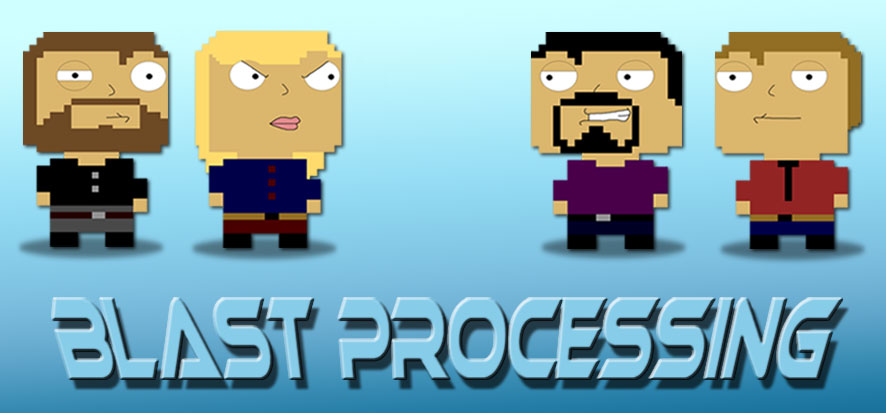
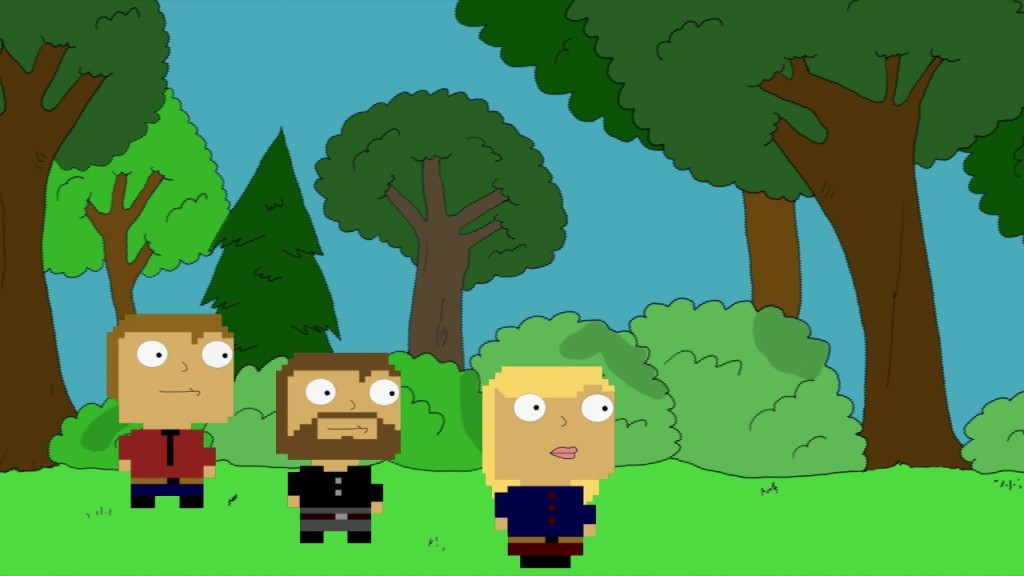
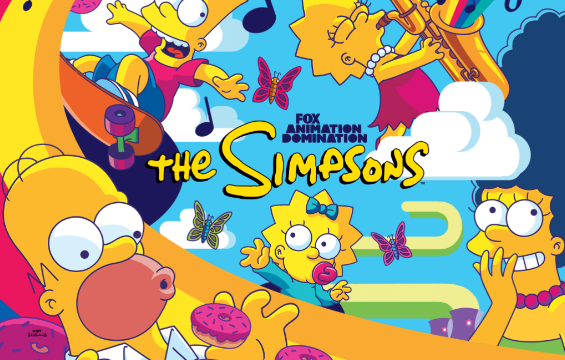
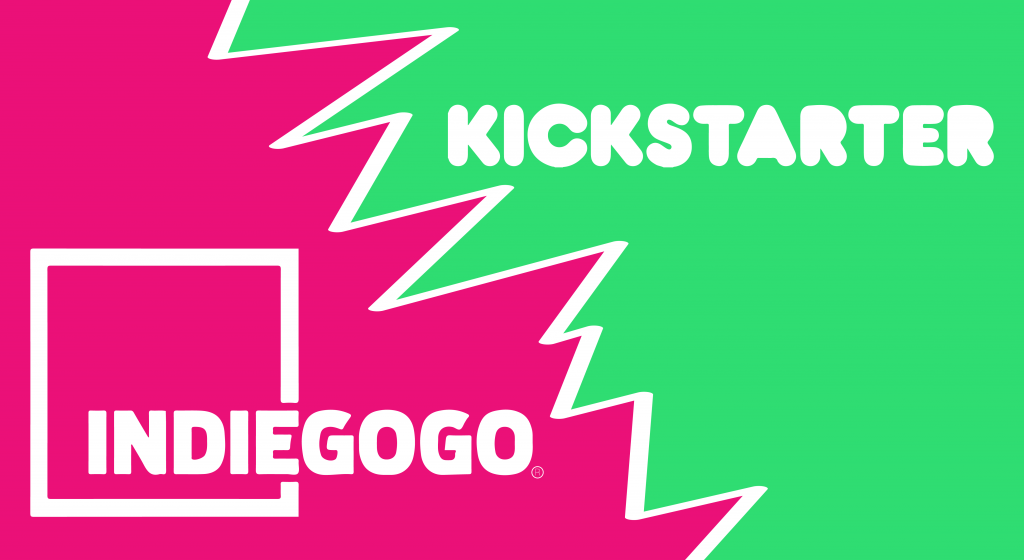
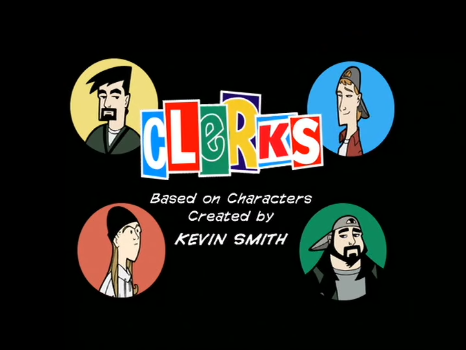












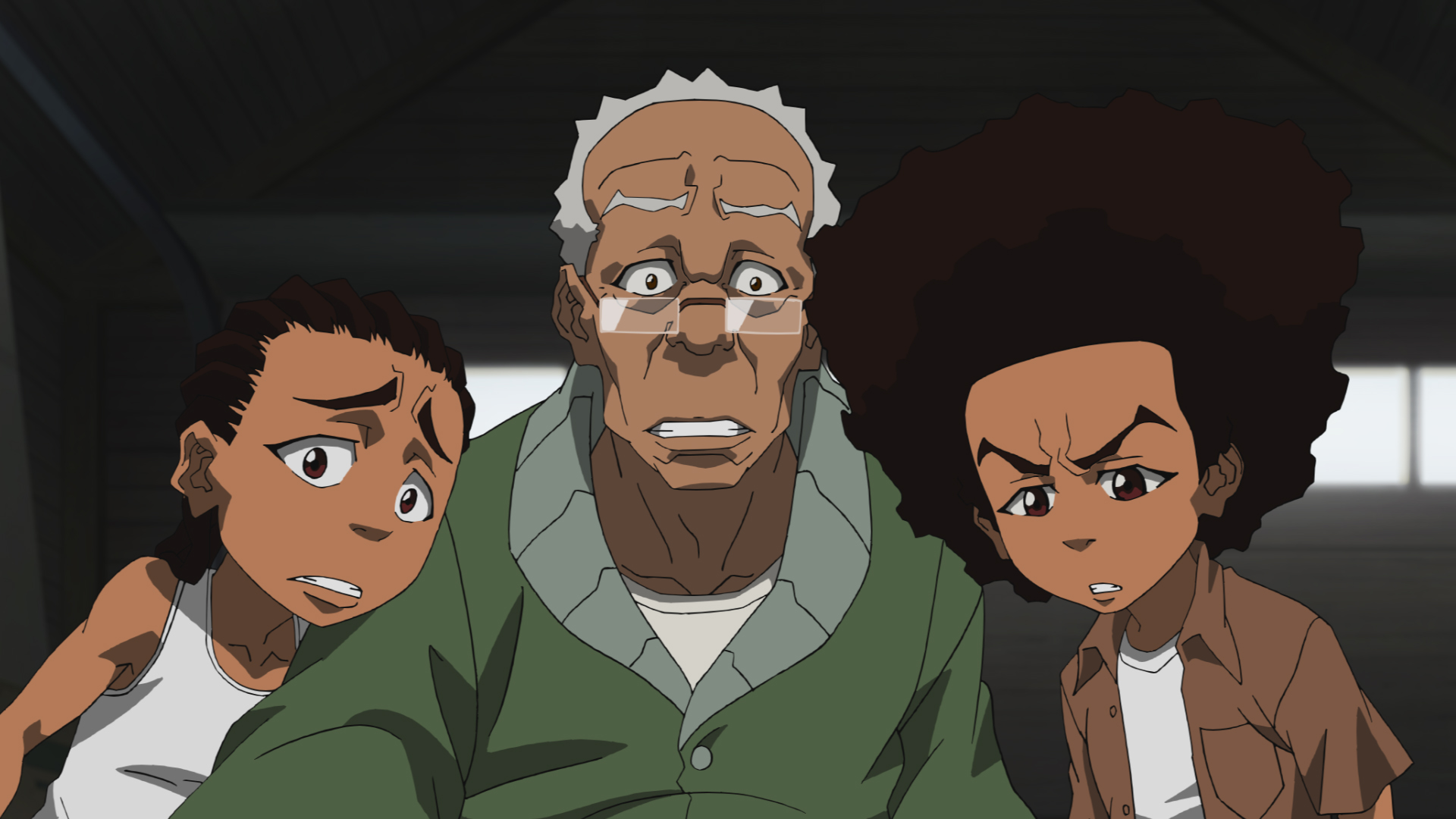







"There are also other characters that come and go (also owned by the Warner Bros. Discovery conglomerate media company)."
Huh. Is that just referring to other characters from the show itself, or is this implying that the new season is going to have cameos from other WBD IPs